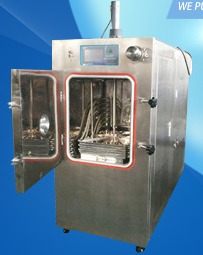
The Sogyuan Huaxing Freeze Dryers are custom-built production lyophilizers made to meet pilot, clinical supply and production demands. Meeting your current application demands with an eye toward future demand is what we do best.
systems are available in a wide variety of configurations and are available in economical round or space saving square tray chambers in bulk or stoppering with shelf sizes and shelf inter distance to meet your needs. Condenser selections include internal or external condensers, plate or coil type condensers with any orientation against the tray chamber.
Systems can be configured with or without steam sterilization, clean in place and control packages range from 21CFR compliant to simple/straight forward control for applications where regulations do not apply. All systems can be validated to the level of compliance your application demands.
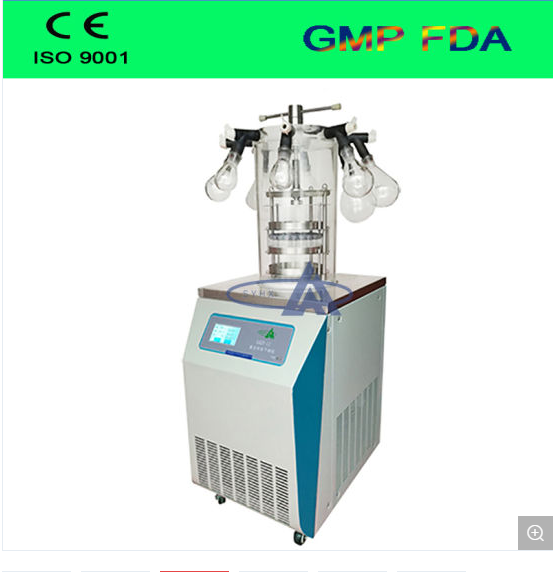
Principles of clinical and production freeze dryers
Freeze drying refers to the process of removing water or other solvents from frozen biological products by sublimation. Sublimation refers to the process of solvents, such as water, like dry ice, which does not pass through a liquid state and changes from a solid to a gaseous state. The product obtained by freeze drying is referred to as a lyophilizer, and the process is referred to as lyophilization.
Conventional drying destroys the cells, causing the material to shrink, and the structure of the sample is not destroyed during the freeze-drying process because the solid components are supported by the firm ice on its seat. When the ice sublimates, he leaves the pores in the dry remaining material. This preserves the biological and chemical structure of the product and the integrity of its activity.
In the laboratory, lyophilization has many different uses. It is indispensable in many biochemical and pharmaceutical applications. It is used to obtain biological materials that can be preserved for a long period of time, such as microbial culture, blood, enzymes, drugs, In addition to the stability of long-term preservation, its inherent biological activity and structure are retained. To this end, lyophilization is used to prepare tissue samples for structural studies (such as electron microscopy studies), and freeze-drying is also used in chemical analysis to obtain dried samples or to concentrate samples to increase chemical sensitivity. Freeze-drying stabilizes the sample components without changing the chemical composition, making it an ideal analytical aid.
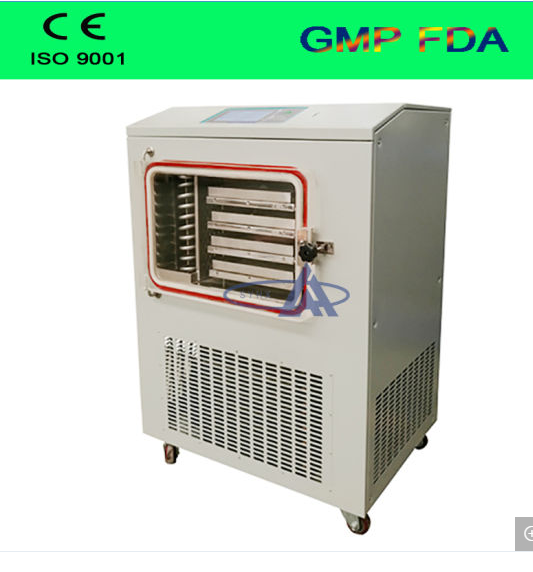
Freeze-drying machine Compared with the conventional method, the lyophilization method has the following advantages:
1. Many heat sensitive substances will not be denatured or inactivated.
2. When drying at low temperatures, some of the volatile components in the material are lost.
3. During the lyophilization process, the growth of microorganisms and the action of enzymes cannot be carried out, so that the original traits can be maintained.
4. Since the drying is carried out in a frozen state, the volume is almost constant, the original structure is maintained, and concentration does not occur.
5. Since the moisture in the material exists in the form of ice crystals after pre-freezing, the inorganic salt-soluble substances originally dissolved in the water are evenly distributed in the material. When sublimating, the dissolved substances dissolved in water are precipitated, which avoids the phenomenon that the inorganic salt carried by the internal moisture migration to the surface in the general drying method precipitates on the surface and causes surface hardening.
6. The dried material is porous and spongy. After adding water, it dissolves quickly and completely, and immediately restores the original trait.
7. Since drying is carried out under vacuum, there is very little oxygen, so some easily oxidizable substances are protected.
8. Drying can remove 95%~99% of water, so that the dried product can be preserved for a long time without deterioration. After drying, the product can be stored for a long time without deterioration.
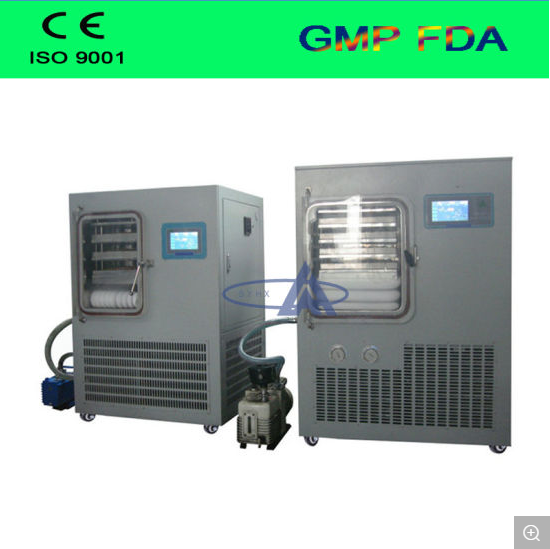
Principles of clinical and production freeze dryers
Freeze drying refers to the process of removing water or other solvents from frozen biological products by sublimation. Sublimation refers to the process of solvents, such as water, like dry ice, which does not pass through a liquid state and changes from a solid to a gaseous state. The product obtained by freeze drying is referred to as a lyophilizer, and the process is referred to as lyophilization.
Conventional drying destroys the cells, causing the material to shrink, and the structure of the sample is not destroyed during the freeze-drying process because the solid components are supported by the firm ice on its seat. When the ice sublimates, he leaves the pores in the dry remaining material. This preserves the biological and chemical structure of the product and the integrity of its activity.
In the laboratory, lyophilization has many different uses. It is indispensable in many biochemical and pharmaceutical applications. It is used to obtain biological materials that can be preserved for a long period of time, such as microbial culture, blood, enzymes, drugs, In addition to the stability of long-term preservation, its inherent biological activity and structure are retained. To this end, lyophilization is used to prepare tissue samples for structural studies (such as electron microscopy studies), and freeze-drying is also used in chemical analysis to obtain dried samples or to concentrate samples to increase chemical sensitivity. Freeze-drying stabilizes the sample components without changing the chemical composition, making it an ideal analytical aid.
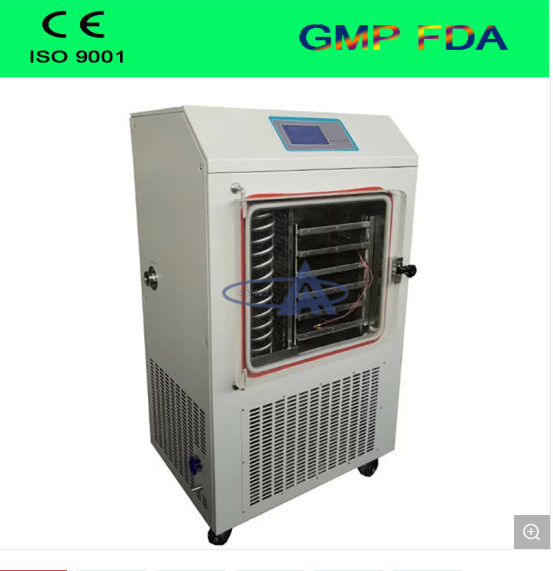
Clinical and production freeze dryer :
Vacuum freeze-drying technology has a wide range of applications in the fields of bioengineering, pharmaceutical industry, food industry, materials science and deep processing of agricultural and sideline products. Freeze-drying of drugs includes two parts: western medicine and traditional Chinese medicine. Western medicine freeze-drying has been developed in China, and many larger pharmaceutical plants have freeze dryer equipment. In terms of injection, the freeze-drying process is used more, which improves the quality and shelf life of the drug, and brings benefits to both doctors and patients. There are not many varieties of freeze-dried medicines, the prices of products are high, and the drying process is not advanced. In traditional Chinese medicine, it is limited to the lyophilization of a small amount of Chinese medicinal materials such as ginseng, velvet, yam, and Cordyceps sinensis. A large number of proprietary Chinese medicines have not been freeze-dried, which is far from the foreign countries. A few years ago, Japan launched the "Western Chinese Medicine" system, which changed the method of tanning of traditional Chinese medicine, solved the tradition that Chinese medicine could not be made into injection or tablet, and solved the problem of Chinese medicine not treating acute illness. Therefore, the Chinese traditional medicine freeze-drying process And product research has great potential to dig. In the field of biotechnology products, freeze-drying technology is mainly used for the production of drugs such as serum, plasma, vaccines, enzymes, antibiotics, hormones; biochemical inspection drugs, immunology and bacteriology; drugs; blood, bacteria, arteries, bones Long-term preservation of skin, cornea, nerve tissue and various organs
